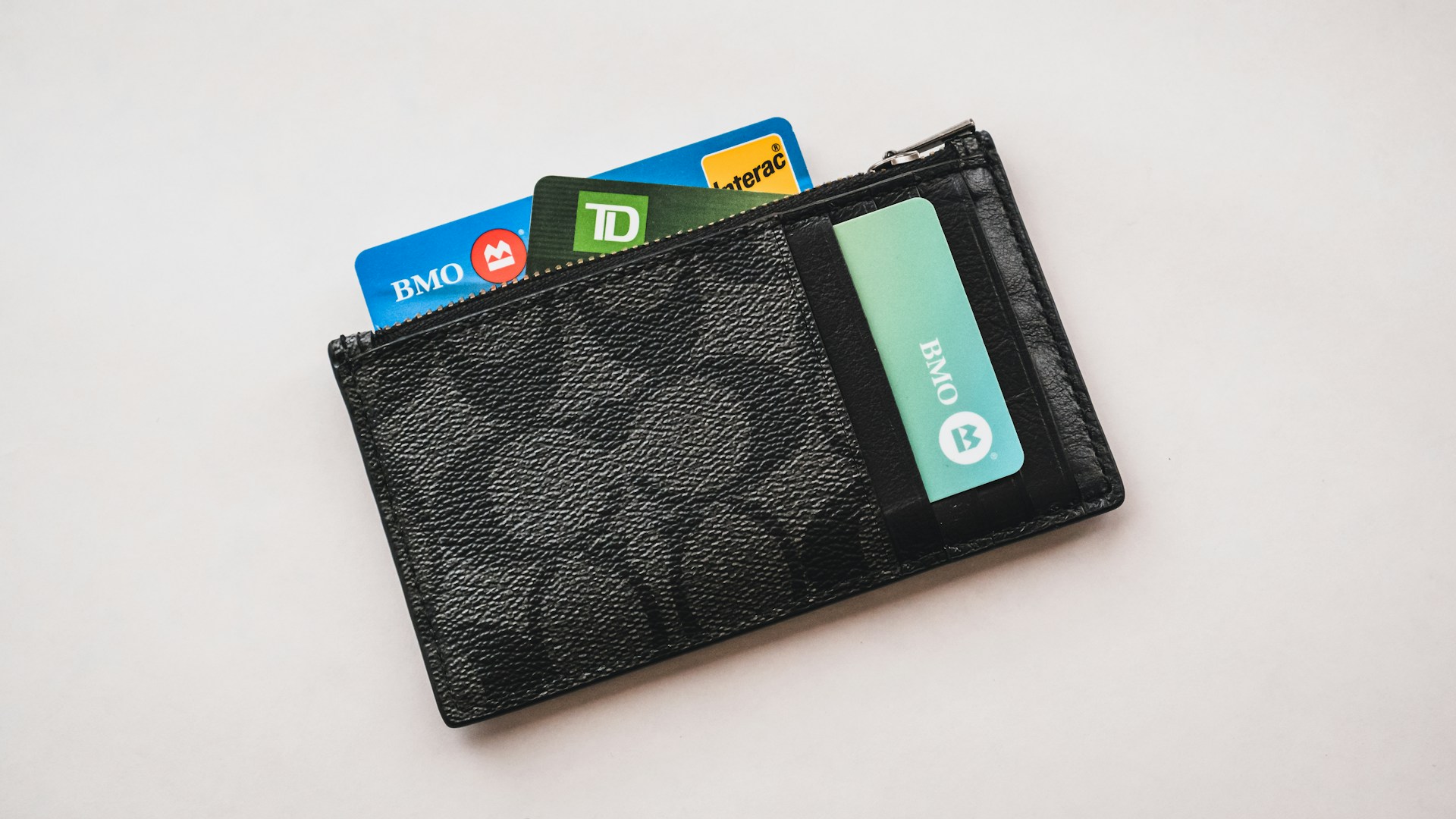Ever found yourself staring at your car after a hailstorm, wondering why you didn’t prepare better? Yeah, me too. Last summer, I thought my “park-under-a-tree” strategy was foolproof—until said tree lost its branches on my windshield (true story). That’s when I learned about the power of Weather Alerts. Whether it’s protecting your vehicle or maximizing your hail insurance claim, staying ahead of Mother Nature is a game-changer.
In this post, we’ll uncover how weather alerts can help you dodge hail damage headaches, navigate the world of hail insurance like a pro, and save money in the process. Here’s what you’ll discover:
- Why weather alerts are non-negotiable for hail-prone areas.
- Steps to take when severe weather strikes.
- Bonus tips to optimize your hail insurance coverage.
Table of Contents
- Key Takeaways
- The Hail Problem: Why Should You Care?
- Step-by-Step Guide to Using Weather Alerts Effectively
- Best Practices for Managing Hail Insurance
- Real-Life Examples: Success Stories with Weather Alerts
- Frequently Asked Questions About Hail Insurance & Weather Alerts
Key Takeaways
- Early warning systems via Weather Alerts can give you critical time to protect property.
- Proper documentation before and after hailstorms strengthens insurance claims.
- Hail insurance policies vary widely; shop smartly by comparing deductibles and coverage limits.
The Hail Problem: Why Should You Care?
If you live in an area prone to extreme weather, listen up. According to NOAA, hail causes over $10 billion worth of damage annually in the U.S. alone. That’s not just dents on cars—it’s roofs, siding, windows, and even landscaping destroyed without warning.

Average costs attributed to hail damage across industries.
“Optimist You:” Maybe you think, “This won’t happen to me.”
“Grumpy You:” Oh, it totally will if you’re living in Dallas, Denver, or any other hail hotspot. Trust me, I’ve been there—literally standing under a tarp as golf-ball-sized hail pounded down. The good news? With advanced planning and tools like Weather Alerts, these scenarios don’t have to ruin your day—or your wallet.
Step-by-Step Guide to Using Weather Alerts Effectively
Ready to turn into a weather warrior? Let’s break it down step-by-step:
Step 1: Find Reliable Weather Alert Systems
Your phone has built-in notifications, but they might not cut it. Apps like AccuWeather or NOAA Weather offer hyper-localized updates that could mean the difference between prep and panic.
Step 2: Set Up Custom Notifications
Tweak those settings! Specify your location and set triggers for thunderstorms or hail predictions. Imagine getting an alert hours before disaster strikes so you can move your car safely indoors or cover outdoor furniture. Sounds like music to your ears, right?

Customizing alerts ensures relevant information reaches you promptly.
Step 3: Create an Emergency Plan
No tool replaces action. Have a checklist ready: where to park, what items to secure, and which documents to gather for insurance purposes. This prep work turns chaos into calm during storms.
Best Practices for Managing Hail Insurance
When it comes to hail insurance, here’s the tea:
- Review Your Policy: Ensure your policy explicitly covers hail damage. If unsure, ask your agent (don’t skimp here).
- Document Everything: Take photos of your property regularly. This baseline evidence helps prove pre-existing conditions versus new damages.
- Avoid Terrible Tips: DON’T wait until after filing a claim to read fine print details (that’s basically begging for denied claims).
Rant Alert: Why do insurers make their forms feel like applying for a mortgage?! Simplify, please!

Insurance paperwork doesn’t have to be scary—with proper preparation.
Real-Life Examples: Success Stories with Weather Alerts
Meet Sarah from Texas. She swears by her WeatherBug app. When alerted about an impending storm last May, she moved both vehicles inside her garage within minutes. Her neighbor? Less fortunate. He ignored the warnings and ended up paying thousands in out-of-pocket repairs. Lesson learned: A little foresight goes a long way.
Frequently Asked Questions About Hail Insurance & Weather Alerts
Q: Are free weather apps reliable enough?
Absolutely. Many free apps use cutting-edge tech backed by meteorologists. Just double-check their accuracy ratings.
Q: What should I do immediately after a hailstorm?
First, stay safe! Avoid stepping outside unless necessary. Then, document visible damage through photos/videos while contacting your insurer ASAP.
Q: Can I add hail-specific coverage later?
Sometimes, yes—but premiums may increase significantly depending on timing and risk factors. It’s smarter to include this early.
Conclusion
So, let’s recap. Weather Alerts aren’t just fancy tech—they’re lifelines when navigating hail season. Combine them with solid insurance practices, and suddenly, nature feels less like an adversary and more like manageable chaos. Stay proactive, stay protected, and remember: Knowledge + Action = Peace of Mind.
Like planting seeds in Animal Crossing, building financial resilience takes consistent effort. Catch those alerts, batten down the hatches, and watch your savings grow instead of shrinking post-storm. 🌱✨


